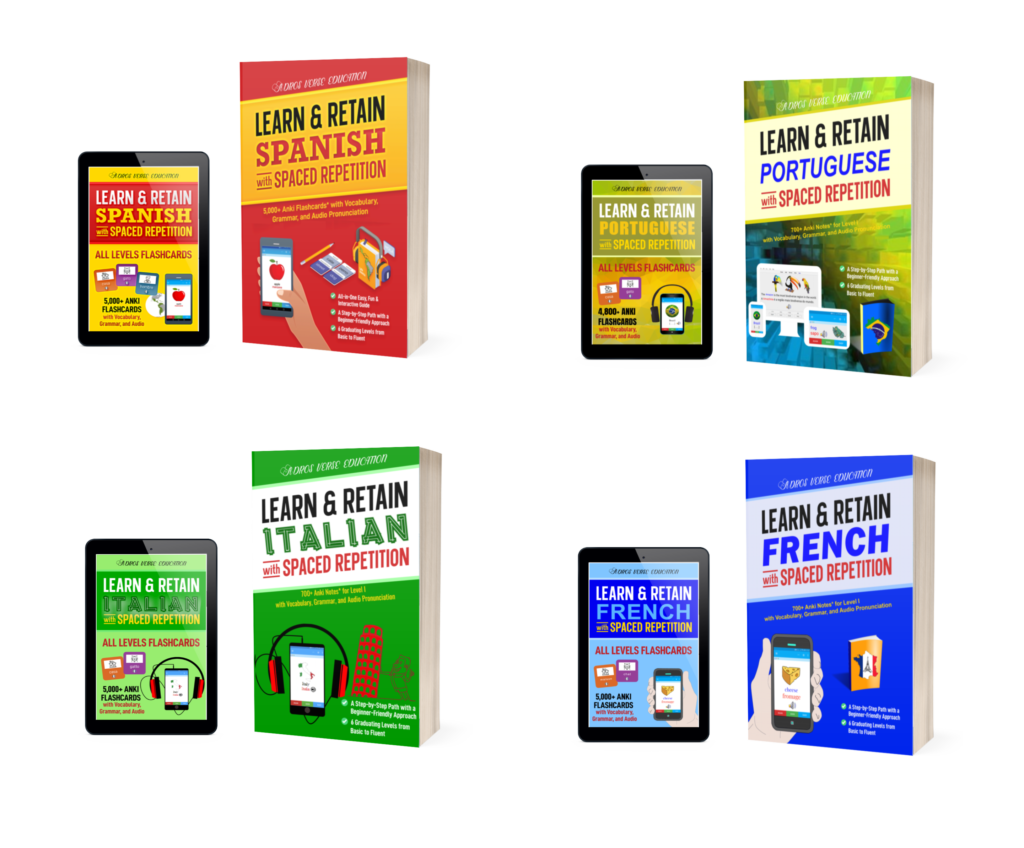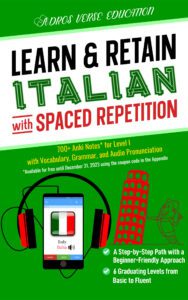The noun known in Arabic as تَـمْـيـيـز (tamyīz) ‘specification or disambiguation’ is used to specify or clarify a description. In other words, it answers questions such as “In what way?” or “Of what kind?”
Table of Contents
- Following Ambiguous Description
- Following Cardinal Numbers 11 – 99
- Following Comparatives & Superlatives
- Other Uses of تَـمْـيـيـز (tamyīz) ‘Specification or Disambiguation’ in Arabic
- Level VI – Advanced II (C2)
The three most common contexts in which تَـمْـيـيـز (tamyīz) ‘specification or disambiguation’ is used in Arabic are:
- Following an ambiguous description.
- Following cardinal numbers between 11 and 99.
- Following comparatives and superlatives.
The تَـمْـيـيـز (tamyīz) ‘specification’ is always an indefinite noun in the accusative case. It is never preceded by the definite article.
Following Ambiguous Description
Here are some examples of the تَـمْـيـيـز (tamyīz) used to clarify, specify, or remove ambiguity from descriptions:
| دَفَـعْـتُ الـثَّـمَـنَ مـالًا٠ dafa‘tu -th-thamana mālan. I paid the price (in) money. |
| عـانَـيْـتُ الْأَلَـمَ نَـفْـسِـيًّـا وَجَـسَـدِيًّـا٠ ‘ānaytu -l-’alama nafsiyyan wa-jasadiyyan. I suffered pain psychologically and physically. |
| سَـأَقِـفُ مَـعَـكَ قَـوْلًا وَفِـعْـلًا٠ sa-’aqifu ma‘aka qawlan wa-fi‘lan. I will stand by you (in) word and (in) deed. |
Notice that the تَـمْـيـيـز (tamyīz) ‘specification’ in the sentences above answers the question “In what way?” or “Of what kind?”
For instance, in the first example, if we say, “I paid the price,” this could be interpreted metaphorically. Adding “in money” removes the ambiguity.
Following Cardinal Numbers 11 – 99
When following a cardinal number between 11 and 99, the noun is always singular and indefinite. It is grammatically considered a تَـمْـيـيـز (tamyīz) and is always in the accusative.
Here are some examples:
| ثَـلاثَــةَ عَـشَـرَ رَجُــلًا thalāthata-‘ashara rajulan 13 men | ثَـلاثَ عَـشْـرَةَ اِمْــرَأَةً thalātha-‘ashrata imra’atan 13 women |
| ثَـمـانِـيَـةَ عَـشَـرَ وَلَــدًا thamāniyata-‘ashara waladan 18 boys | ثَـمـانِـيَ عَـشْـرَةَ بِـنْـتًـا thamāniya-‘ashrata bintan 18 girls |
| تِــسْــعٌ وَتِــسْــعُــونَ كِـتـابًا tis‘un wa-tis‘ūna kitāban 99 books | ثَــلَاثُــونَ سَـيّـارَةً thalāthūna sayyāratan 30 cars |
A noun following other cardinal numbers (3–10, 100 and beyond) is not considered a تَـمْـيـيـز (tamyīz) ‘specification.’ Instead, it is مَـجْـرور (majrūr) ‘genitive’ and indefinite. Thus, it is marked by تـنـويـن كَـسْـر (tanwīn kasr) ‘double kasrah,’ i.e., final ‘in’ sound, if the noun is a declinable diptote. For example:
| مِــئَــةُ رَجُــلٍ mi’atu rajulin 100 men | ثَـلاثُ نِـسـاءٍ thalāthu nisā’in three women |
Following Comparatives & Superlatives
The تَـمْـيـيـز (tamyīz) ‘specification or disambiguation’ is also used in Arabic after comparatives and superlatives to specify the inequality between nouns or adjectives. For example:
| هـذا الْـبَـيْـتُ أَكْـبَـرُ حَـجْـمًـا٠ hādhā -l-baytu ’akbaru ḥajman. This house is larger (in) size. |
| هـذا الْـكِـتـابُ أَسْـهَـلُ قِـراءَةً مِـنْ ذلِـكَ٠ hādhā -l-kitābu ’as halu qirā’atan min dhālik. This book is easier (in terms of) reading than that one. |
Other Uses of تَـمْـيـيـز (tamyīz) ‘Specification or Disambiguation’ in Arabic
These are the most common contexts in which the تَـمْـيـيـز (tamyīz) is used. Nevertheless, the use of the تَـمْـيـيـز (tamyīz) is not limited to these contexts, but can be extended to similar contexts in which a noun in the accusative is used to answer the question “In what way?” or “Of what kind?” For example:
| شَـرِبَ مِـلْءَ الْـكـوبِ مـاءً٠ shariba mil’a -l-kūbi mā’an. He drank the full capacity of the cup (in) water. |
| تَـفَـوَّقَ عَـلـى غَـيْـرِهِ أَدَبًـا وَعِـلْـمًـا٠ tafawwaqa ‘alā ghayrihi ’adaban wa-‘ilman. He surpassed others (in) manners and (in) knowledge. |
When the interrogative كَـمْ (kam) ‘how many/much’ is followed by an indefinite noun, the noun is often in the accusative and is considered a تَـمْـيـيـز (tamyīz) ‘specification.’ For example:
| كَـمْ مَـرَّةً حَـدَثَ هـذا؟ kam marratan ḥadatha hādhā? How many times did this happen? |
| كَـمْ رِسـالَـةً كَـتَـبْـتَ؟ kam risālatan katabt? How many letters have you written? |
Back to: إِنَّ (’inna), كـانَ (kāna), كـادَ (kāda) & ظَـنَّ (ẓanna)
Other lessons in Level VI:









